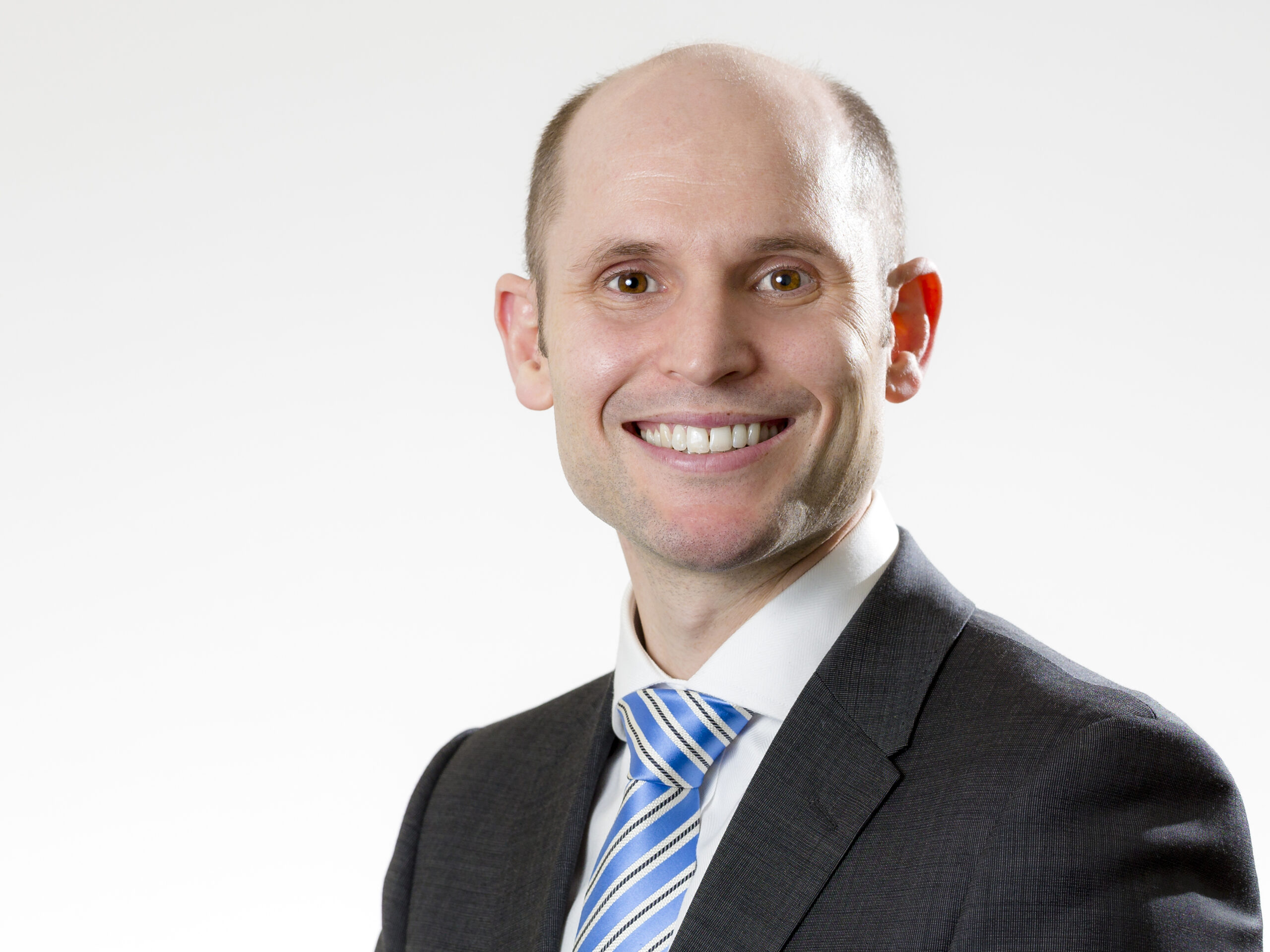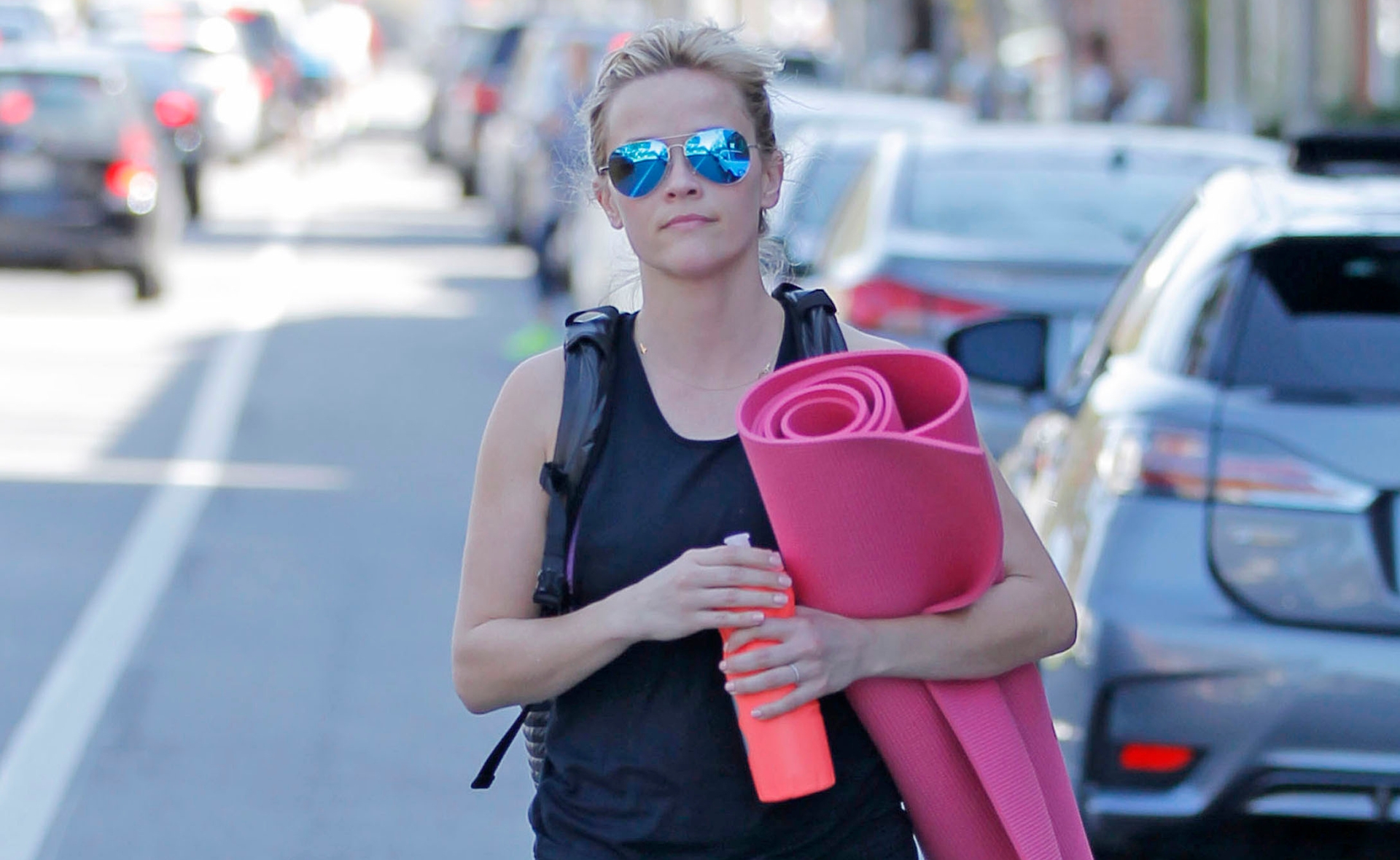I’m really passionate about my job but it can also be difficult. I lost a patient a month ago to a metastatic melanoma that she had on the bottom of her foot. It was missed for quite for a while, because people often just don’t look down there. I see melanoma on all ages, and the youngest I’ve ever seen was a 10 year old.
All dermatologists are specialists in all things skin, particularly skin cancer, but I personally have a special interest in skin cancer and sun protection awareness and attitudes around it.
In Australia we’ve had about 30 years of strong public health campaigns about the risks surrounding sun exposure, and while people are aware of the message it doesn’t seem to be getting through.
Research I’ve published through the Royal North Shore Hospital is saddening as it showed that up to 95% of people aged between 18 to 30 still get sunburned at least once a year. These people have grown up with that sun safe message all of their life yet they’re still getting burnt.
A further survey of 1400 medical students showed only 65% of them got sunburned once a year but 28% of them still actively sun tan despite knowing that it will increase their risk of skin cancer.
Sometimes it’s also an issue with the execution of sun safety. Things like reading the expiry date of the sunscreen, or not being liberal enough with the application. You need to be generous and use at least 2 tablespoons for the body, and reapplying, but we all know how important it is to be vigilant.
We’ve had about 12,500 melanomas diagnosed this year so far. That’s not including the superficial melanomas which would put the stats up to about 40,000. In about five years time it’s estimated that about 17,000 serious cases will be diagnosed; that’s when they are more than one millimeter in the skin. Your survival rate is often purely on how thick your melanoma is in the skin, but there are also cases where it spreads regardless. It can be a tricky beast.
At the moment it’s estimated that one in 14 males will have a melanoma throughout their lifetime and for women it’s one in 24. Men are higher mostly due to attire, and also many older men spent their lives working outdoors in shorts, singlets and boots without adequate sun protection and they’re seeing the affects of that in their 50’s.
The peak we’re seeing is really in older people who didn’t have that sun sense in their youth. Now they’re 40 or 50 and they have basal cell carcinomas which are fairly easily treated if you get it in time, or squamous cell carcinomas which are definitely a bit more to worry about, or the melanoma which with early detection can be fine but they can also be deadly. These can be due to sun exposure when they were younger.
Often people think if they’re skin a darker they are safer, but skin cancer doesn’t discriminate. Bob Marley died of a melanoma under his toenail. Dark skin, fair skin, anyone can get skin cancer, but the fairer you are, the more risk there is.
What your family genetic history is like is also an important factor. If you have one first degree relative who had a melanoma your personal risk of melanoma is 10 times that to someone who doesn’t have a family history. If you have two relatives with melanoma your risk is 40 times.
We’re in about the best place we’ve ever been with regards to treatment. Most melanomas just require surgical removal then regular monitoring to ensure another one doesn’t pop up, but if you’re beyond that we have much better options available that even two years ago, but the fact is once you’re there, it’s not fun. There is often not a cure just treatment options that may work, that may not.
It’s usually team based care so you have an oncologists, a dermatologist, surgeons, maybe a plastic surgeon because not only does it give the best outcome because every patient responds differently to different treatments, but also people really need significant support a that time.
Getting yourself checked regularly head to toe is the best thing you can do for yourself. 60% of cancers picked up by dermatologists are not even known to the patient. They come for one mole, and it’s another one that’s the problem.
My biggest advice is don’t be apathetic and keep an eye out for an ugly duckling. That’s the one that’s different, it has changed, or it doesn’t seem to fit with the other marks on your body. If it’s something you think of in the back of your mind, go get it checked out.




